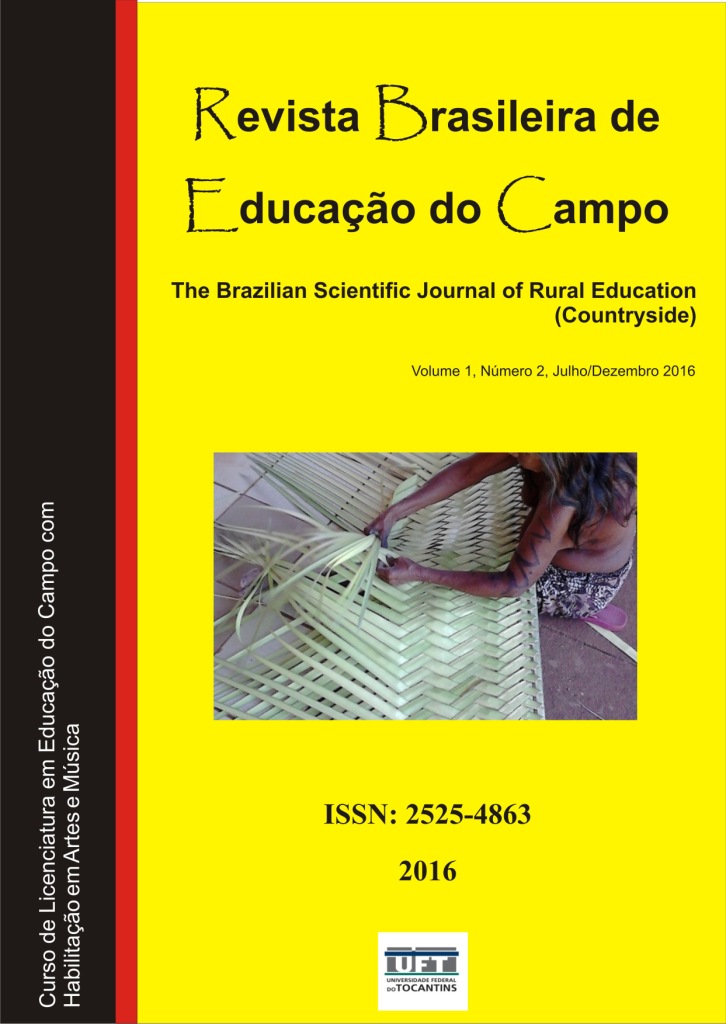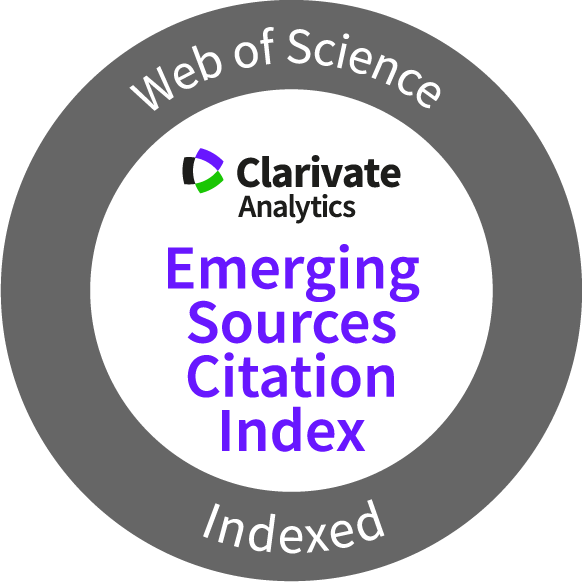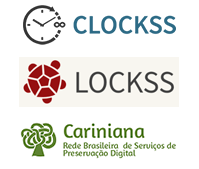The Cuban Educational System and its inclusiveness
DOI :
https://doi.org/10.20873/uft.2525-4863.2016v1n2p364Mots-clés :
Sistema Educativo Cubano, Educación Rural, Educación Inclusiva, Igualdad de Oportunidades.Résumé
ABSTRACT. The Cuban Revolution has made significant progresses in education by successful state vision based on equality and social justice. The article aims to characterize the Cuban educational system from an inclusive perspective, for it is presented in its structure and organization as a system in which all (primary, secondary and higher) levels are organically unified and integrated. They are addressed in greater depth subsystems primary and higher education, to demonstrate how inclusion is expressed from initial training to university, exposing themselves to turn the particularities of the rural sector. Statistical general data are provided, at the country level and province Artemisa by way of example, they show that the Cuban educational system guarantees equal opportunities for students to continue their studies at different levels, regardless of the urban and rural contexts in which training is developed.
Téléchargements
Références
Alarcón, R. (2015). Conferencia en el Congreso Internacional de Pedagogía 2015. La Habana, Editorial Félix Varela., Cuba.
Dirección Provincial de Educación de Artemisa. (2016). Caracterización de la provincia Artemisa (sector rural y Turquino). Soporte digital. Cuba.
Dirección Provincial de Educación de Artemisa. (2016). Balance de los objetivos del Plan Turquino correspondiente al primer trimestre del curso 2015-2016. Cuba.
Guilarte, H. (2003). Concepción didáctica para la preparación multigrado de los estudiantes de la carrera en Educación Primaria desde la disciplina Estudios de la Naturaleza, ISP Frank País García, Santiago de Cuba. Cuba.
Juárez, D. (2012). Educación rural en las escuelas primarias de Cuba. San Luis de Potosí. Mexico.
Martínez M. (2004). Reflexiones teórico prácticas desde las ciencias de la educación. Editorial Pueblo y Educación., Cuba.
Ministerio de Educación. (2007). CD La educación cubana en 50 años de Revolución. Cuba.
Ministerio de Educación Superior. (2014). El papel de los CUM y sus filiales como universidad en el municipio. Cuba.
Ministerio de Educación Superior. (2013). Departamento de Universalización. Estudio sobre la integración de la educación superior en los municipios. Cuba. Cuba.
Ministerio de Educación Superior. (2014). Departamento de Universalización. Cómo debe ser la educación superior en los municipios. Cuba.
Mulet, M A. La enseñanza rural en Cuba: breve reseña histórica.
Oficina Nacional de Estadística e Información. (2015). La educación cubana en cifras. Anuario estadístico de Cuba. Edición 2015.
Pichs, B. (2014). La educación superior en los municipios. Un cambio revolucionario hacia el desarrollo local. Congreso Internacional Universidad 2016. Cuba.
Rico, P. (2008). Modelo de escuela primaria cubana: una propuesta desarrolladora de la enseñanza y el aprendizaje. Editorial Pueblo y Educación. Cuba.
Universidad de Artemisa. (2016). Resumen estadístico de matrícula por carrera y año.
Téléchargements
Publié-e
Comment citer
Numéro
Rubrique
Licence
Proposal for Copyright Notice Creative Commons
1. Policy Proposal to Open Access Journals
Authors who publish with this journal agree to the following terms:
A. Authors retain copyright and grant the journal right of first publication with the work simultaneously licensed under the Creative Commons Attribution License that allows sharing the work with recognition of its initial publication in this journal.
B. Authors are able to take on additional contracts separately, non-exclusive distribution of the version of the paper published in this journal (ex .: publish in institutional repository or as a book), with an acknowledgment of its initial publication in this journal.
C. Authors are permitted and encouraged to post their work online (eg .: in institutional repositories or on their website) at any point before or during the editorial process, as it can lead to productive exchanges, as well as increase the impact and the citation of published work (See the Effect of Open Access).














